
A whale of a show
Panama boasts some of the American continent’s greatest whale watching. Humpbacks can be seen journeying northward past the Isthmus during their seasonal migration from July to October.
By Winnie T. Sittón
Photos: Alejandro Balaguer
Of all my experiences in Panama, watching humpback whales in the Pacific Ocean is one of the loveliest natural extravaganzas I have ever seen.
That afternoon, my friends and I had just set sail from Isla Iguana to return to our hotel and rest after a long day of sight-seeing when our guide suddenly asked the boat’s captain to deviate from the route, venturing on a detour on the open sea. It was an instinct that paid off: we were fortunate enough to see humpback whales on our way to the port of Pedasí in the Province of Los Santos. What a bit of luck we had!
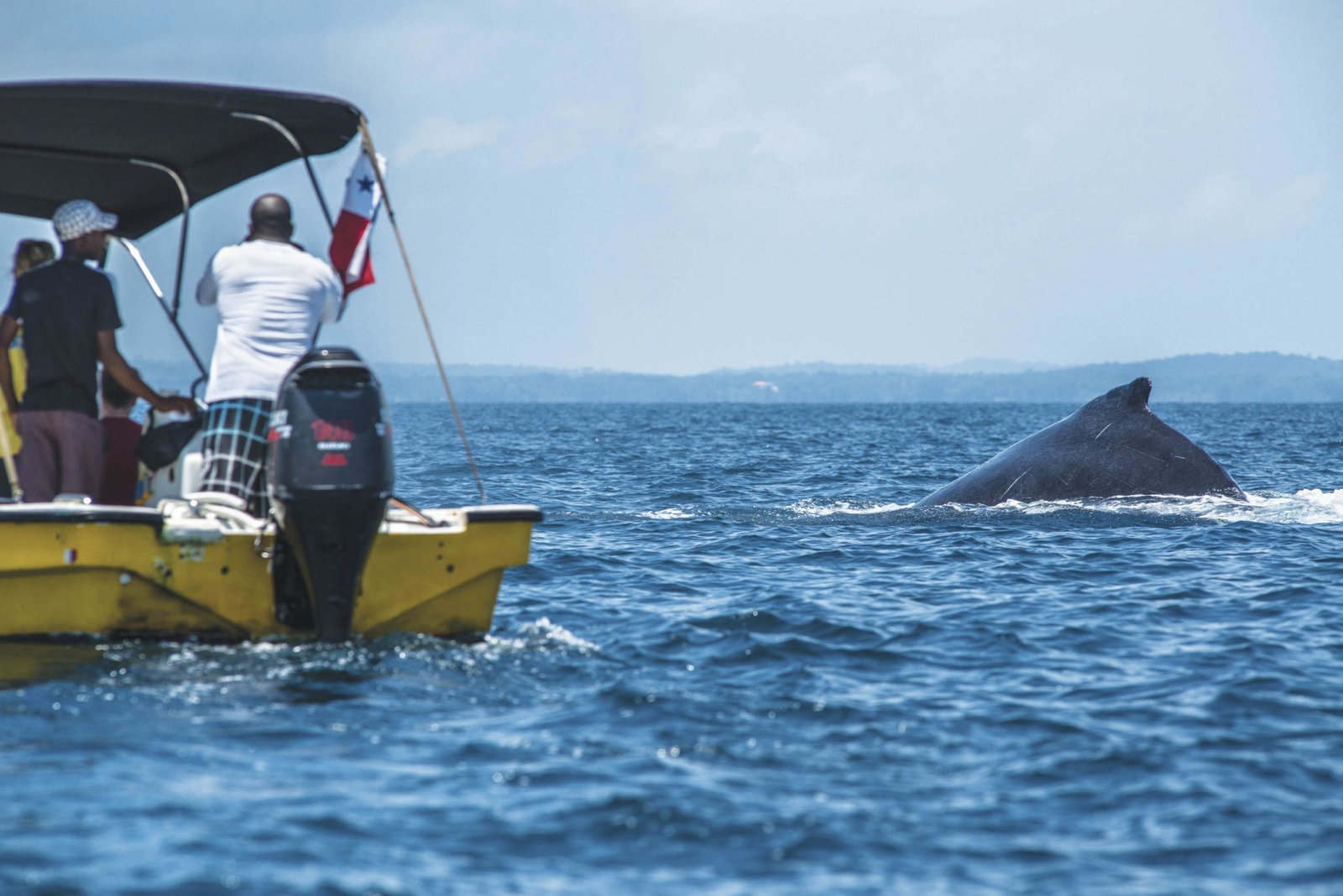
A few minutes of sailing brought us close to a pod of whales on their way past the Isthmus. They were so close to us that they even dived under our boat several times, inducing an indescribable mix of wonder and fear that I remember to this day, but the most enchanting part of this natural spectacle was undoubtedly the sight of these enormous animals shooting out of the sea and leaping into the air, as if they were winged and weightless. What an adrenaline rush!
The display lasted no more than 25 minutes, but my mind recalls that beautiful moment as infinite. It is no exaggeration to say that it was mind-blowing. I didn’t even have the urge to pull out my camera or cell phone for pictures. I felt so fortunate to have witnessed this sight that it seemed better to save the memory of this amazing moment in my mind and heart, particularly since it is not always easy to see humpback whales in action. Whale watching is sometimes more a matter of patient waiting.
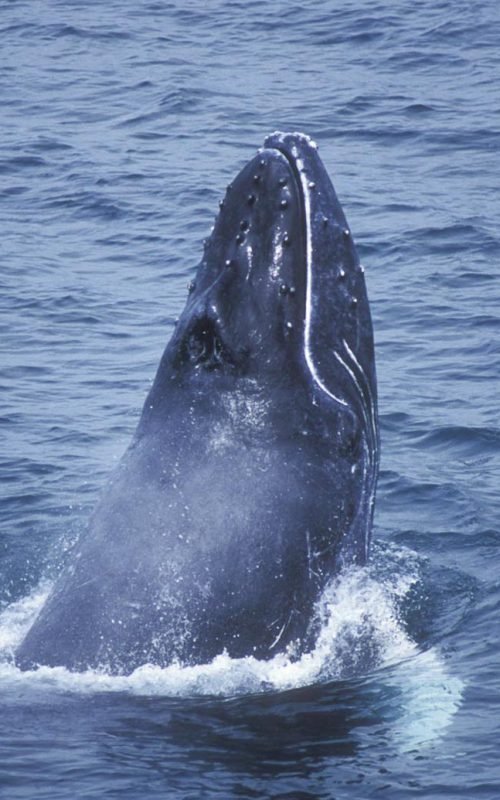
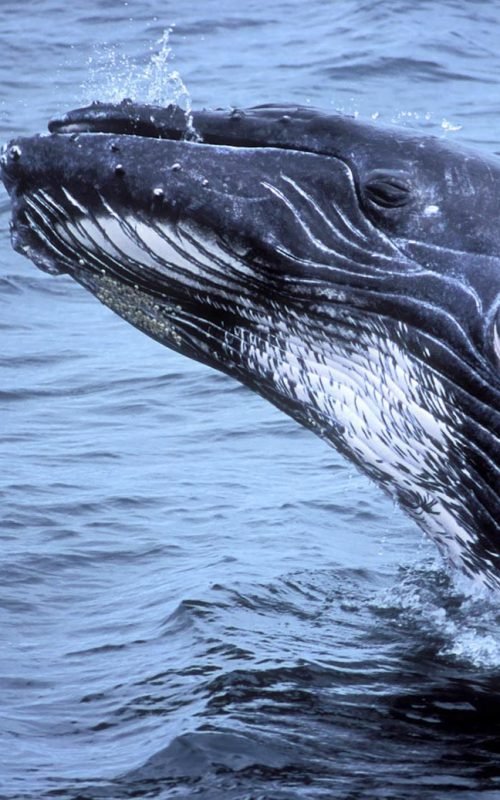
Since I didn’t get any photos, this year I’m arranging a trip to see the whales again. Now I’d like to try the Las Perlas Archipelago, where I’m told that the experience takes on a whole new dimension. If you find yourself in Panama and have the chance to see humpback whales, don’t hesitate; I promise it is a breathtaking experience.
Joel Sánchez, a Panamanian biologist and guide who operates the tourism company Joelsanz’s Trip, explains that more than two thousand humpback whales (Megaptera novaeangliae) journey from Antarctica and Alaska to the coasts of the Panamanian Pacific to mate and give birth to their calves in our country’s warm, shallow waters. We could say that many of these whales are Panamanian. The scientist also noted that the leaping whales are males performing pre-breeding courtship displays for the females. Whales from the south arrive every year between July and October, while those from the north reach Panama slightly later, at the end of November.

The scientific name of this species (Megaptera novaeangliae) means “giant fins of New England,” referring to the enormous pectoral fins that can measure up to one third of the whale’s body length. Newborn humpback whales can be 13 to 16 feet in length; the females can reach up to about 62 feet, while the males grow to approximately 50 feet long. These animals can weigh up to 36 tons each and they have an average lifespan of 50 years.
Sánchez tells us that, in his experience, the best places to sight humpback whales are Isla Iguana, the Las Perlas Archipelago, and Isla Coiba, which features the largest concentration of acrobatic males.
Helpful Tours
Availability: during the month of September.
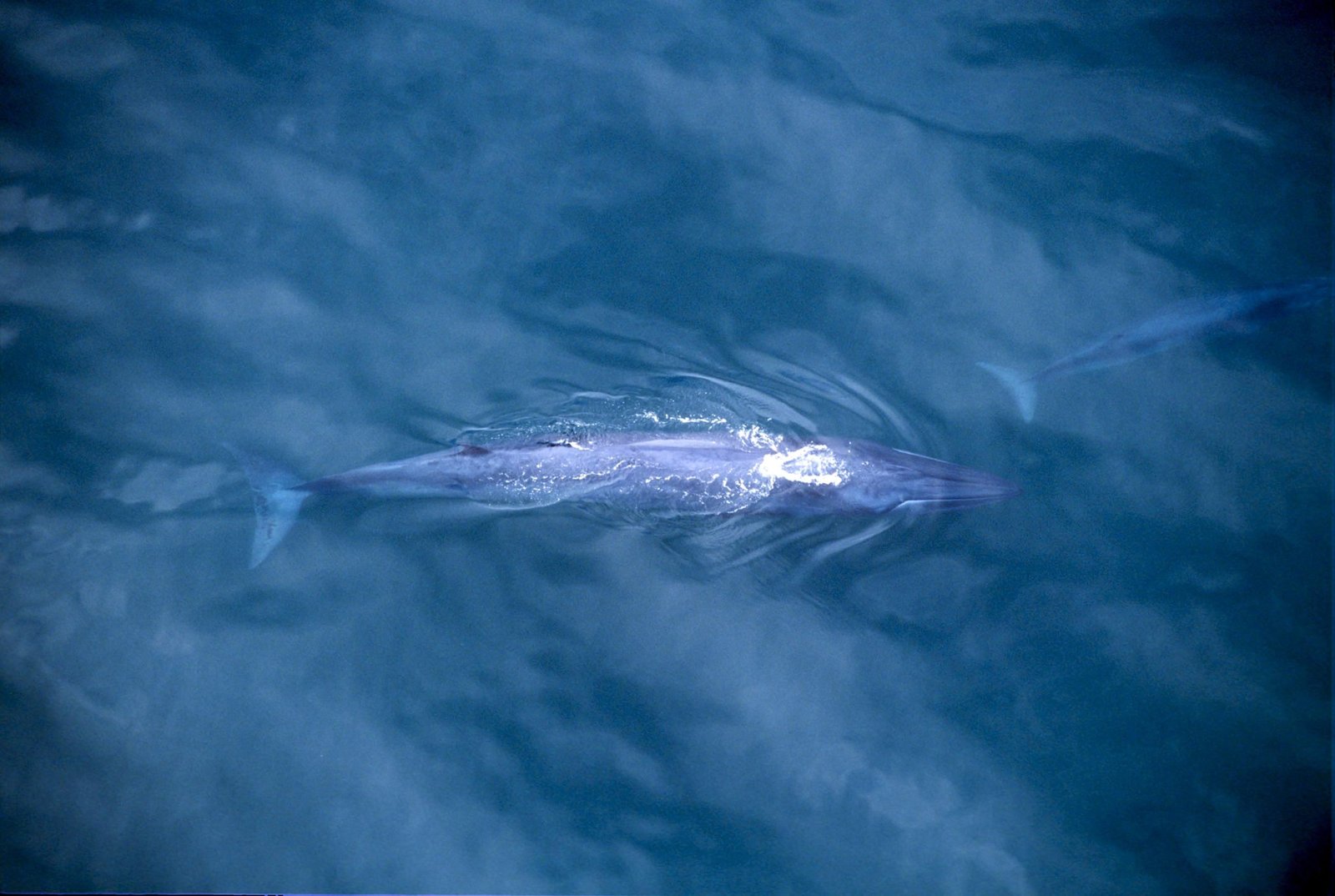
Las Perlas Archipelago
Las Perlas Archipelago
Guided tour departing from Fort Amador in Panama City takes passengers to Isla Bolaños in the Las Perlas Archipelago on board a 40-passenger motorized catamaran ferry.
Días: sábados y domingos.
Days: Saturdays and Sundays.
Cost: 175 dollars.
Duration: ten hours.
Includes: lunch, guide, ferry, stop on Isla Bolaños, beach chairs, a beach shower, and stand-up paddle boards.
Tel. +(507) 6440 7600 / jaime@aeroalbrook.com
Pedasí and Isla Iguana
From Pedasí in the Province of Los Santos to Isla Iguana, one of the country’s most beautiful wildlife refuges.
Days: Saturdays and Sundays.
Cost: 85 dollars.
Duration: six hours.
Includes: round-trip ground transportation between Panama City and Pedasí, breakfast and lunch, guide, boat, stop on Isla Iguana, and beach chairs.
Tel. +(507) 6287 5718
info@joelsanzstrip.com

Isla Cébaco and Mariato and Coiba Coasts
From El Bongo de Montijo in the Province of Veraguas to Isla Cébaco and Coiba National Park, two sites that offer an incredible backdrop for diving, snorkeling, and other water sports.
Cost: 700 dollars (maximum seven people).
Duration: eight hours.
Includes: ocean transport, onboard assistant, snorkeling equipment, ice, and water.
Tel. +(507) 6673 0256 / info@pacificadvent.com
Gulf of Chiriquí
One of the best places for whale watching. Excursion for two people with an overnight stay at the Bocas del Mar Hotel, located in the port of Boca Chica (Province of Chiriquí).
Cost: 307 dollars.
Duration: four hours.
Includes: double room, whale watching tour for two people, tour of the islands in the Gulf of Chiriquí, and a chance to relax on the beach.
Tel. +(507) 6395 8757 / info@bocasdelmar.com
Regulations for Responsible Whale Watching

Panama has a series of regulations intended to prevent harassment of the whales. While the animals are peaceful, we should never forget that they are wild animals whose behavior can be affected by our own behavior.
For this reason, it is especially important to choose the right tour operator. It is best to seek out trained boat operators or guides who offer responsible services.
The “Guide to Responsible Whale Watching in Panama,” published by the MarViva Foundation, recommends:
Stay at least 820 feet from the whales.
Maintain a maximum speed of 4.6 mph; it is recommended that you keep pace with the slowest animal in the group you are observing.
Está prohibido interrumpir el curso de las ballenas o dividirlas, si andan en grupo.
It is forbidden to cross the whales’ path or divide a pod if they are in a group.
Do not approach the pod of whales head on.
Boats providing whale watching services should use propeller guards.
Avoid direct contact with the whales, including swimming or diving. Respect their space.
Since the whale’s most important sense is hearing, they are affected by noise and disturbances.


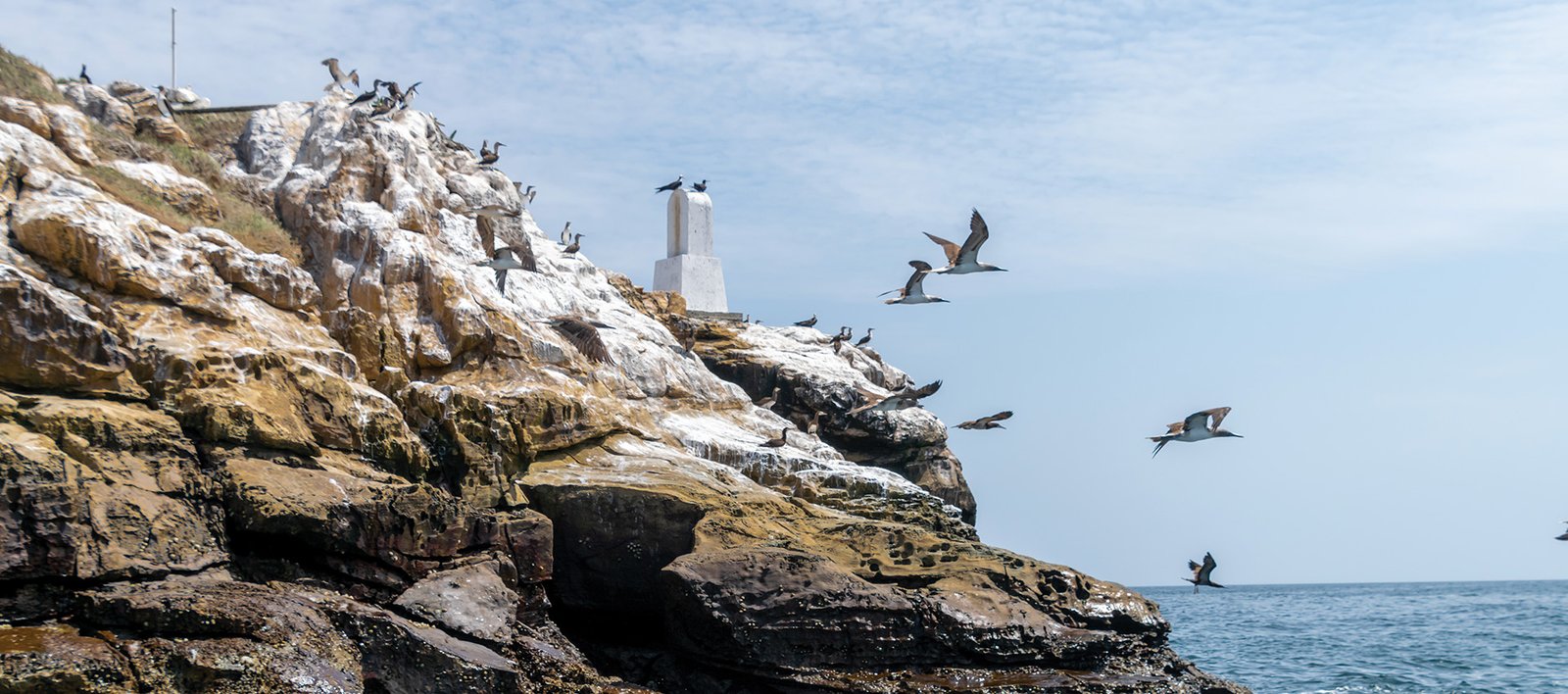
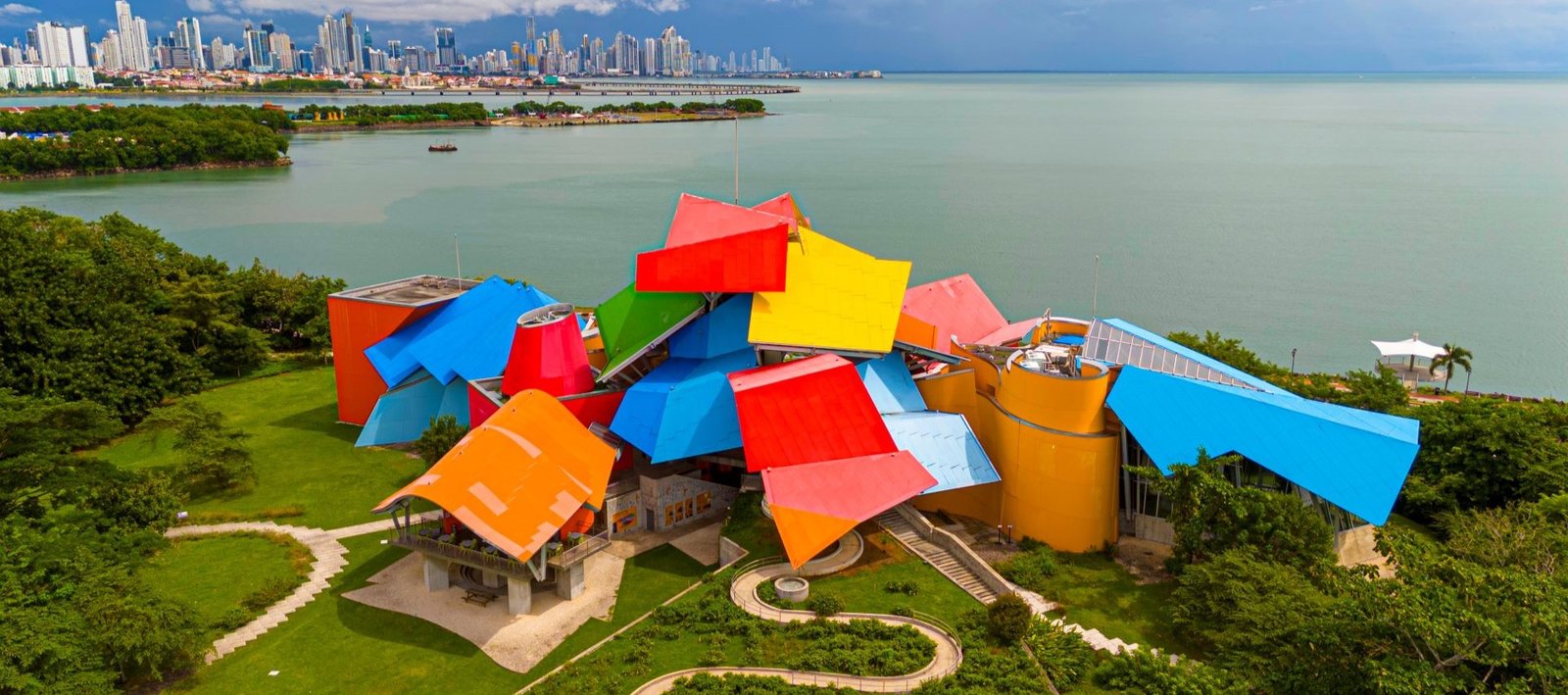
Leave a Reply